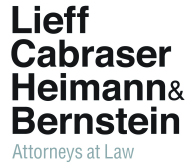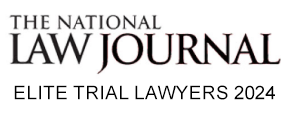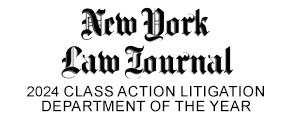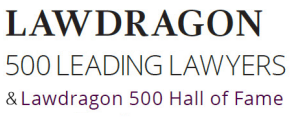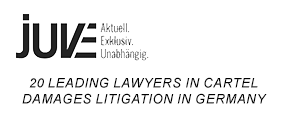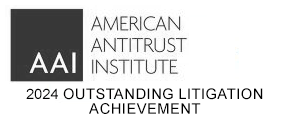How Fires are Investigated
Lieff Cabraser has been recognized by Law360, Benchmark Litigation, U.S. News, Best Lawyers, and the National Law Journal as one of the top plaintiffs’ law firms in the nation.
Fires are often complex events whose origins and cause are difficult to determine. Because of their destructive nature, fires consume the evidence of their initiation and progress. Important evidence can be compromised and fire scenes are further destroyed by the activities of fire service personnel, whose primary responsibilities are to save lives and protect property against further damage.
But despite the difficulties surrounding an investigation it is often possible for trained individuals to determine the cause of a devastating fire.
Who is responsible for determining a fire’s cause?
In addition to law enforcement and fire authorities, there are frequently other experts called in to investigate. They include prosecuting attorney investigators, forensic laboratory experts, engineering specialists (fire, chemical, mechanical, or electrical), and potentially private investigators representing insurance companies, owners, tenants, and manufacturers of the flammable chemicals often found in homes and businesses.
While the fire department has the primary responsibility to establish a fire’s cause, if the it is determined to be an accident, the scene is released to the owner or the owner’s insurance company for further examination.
How do investigators determine the origin and cause of a fire?
First the firefighters who arrive at the scene make note the color of the flames, the color and amount of smoke, the rate at which the fire spreads, and even the sounds the fire makes. These are all clues as to what is burning and how it is burning–because different material burn differently.
Fire service personnel protect evidence in many ways, including by:
- Limiting excessive fire suppression, overhaul, and salvage.
- Avoiding needless destruction of property.
- Flagging items of evidence with cones or markers.
- Recording observations through written notes or voice recordings.
- Covering items or areas containing evidence with objects that will not contaminate the evidence (e.g., clean boxes or tarpaulins).
- Preserving transient evidence (e.g., trace evidence, shoe prints, tire impressions).
Once the fire is over, fire investigators will sift through the ashes and document the scene by written description and photographs prior to and throughout the disturbance or removal of any evidence. They search for clues to the origin and cause of the fire.
Investigators are able to determine the original location of a fire through clues such as char patterns, “direction of melt,” and heat shadows. These burn patterns often point to the source of the fire in tell-tale patterns. For example, fire burns upward, in a V-shaped pattern away from the starting point.
Investigators also will try to determine exactly how the fire stared. Causes generally fall into one of three categories: natural, electrical, and chemical. These causes are often determinable with different clues.
The preceding information was adapted from the U.S. Department of Justice’s National Institue for Justice, “Fire and Arson Scene Evidence: A Guide for Public Safety Personnel Research Report,” June 2000.
Contact us
If you have been injured in a fire, please use the form below to contact an experienced personal injury attorney at Lieff Cabraser for a free, no-obligation review of your case. You can also call us toll-free at 1 (800) 541-7358.
